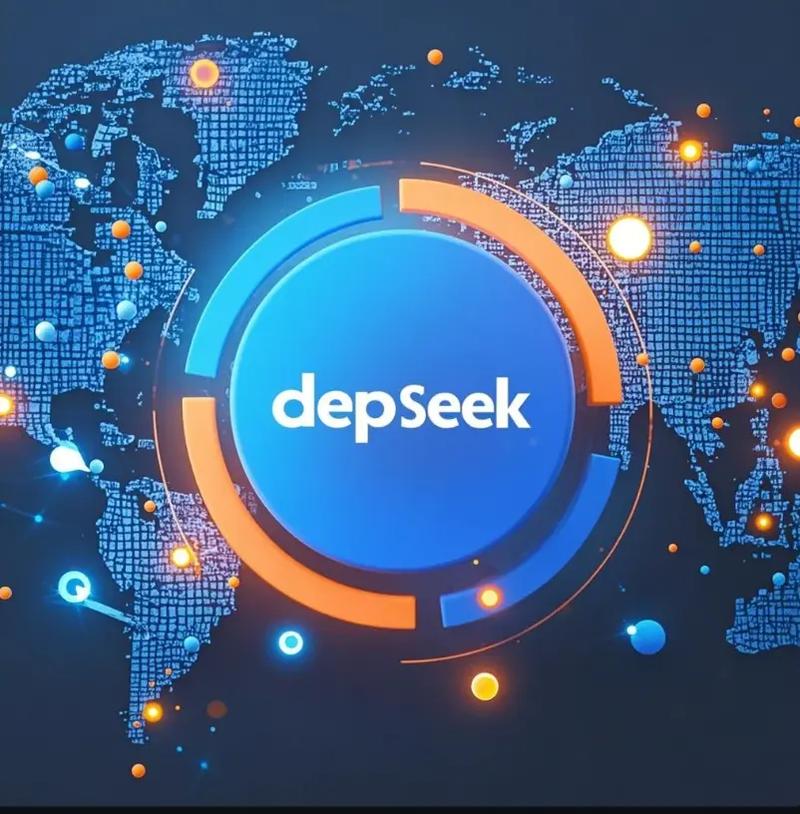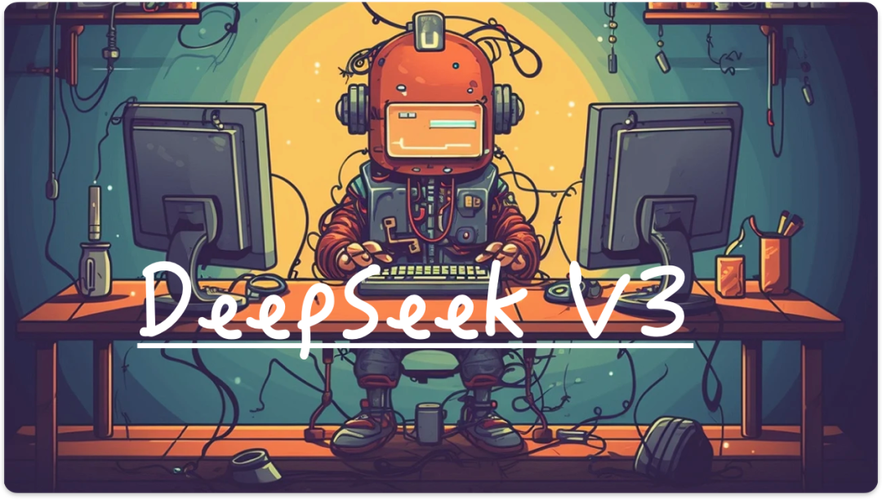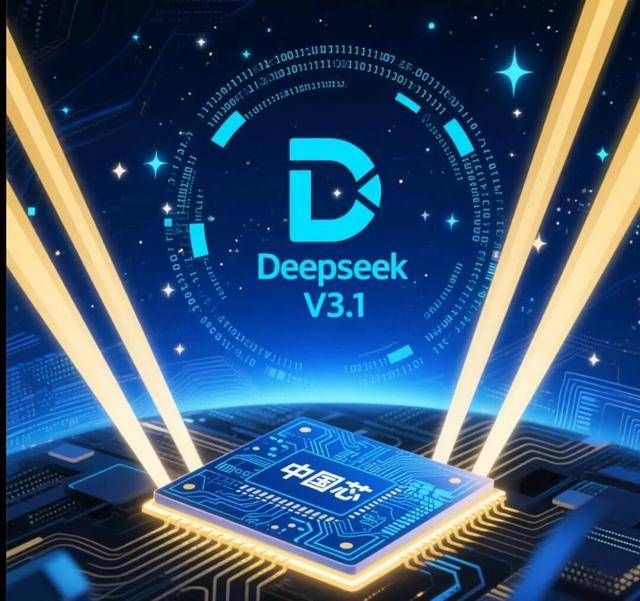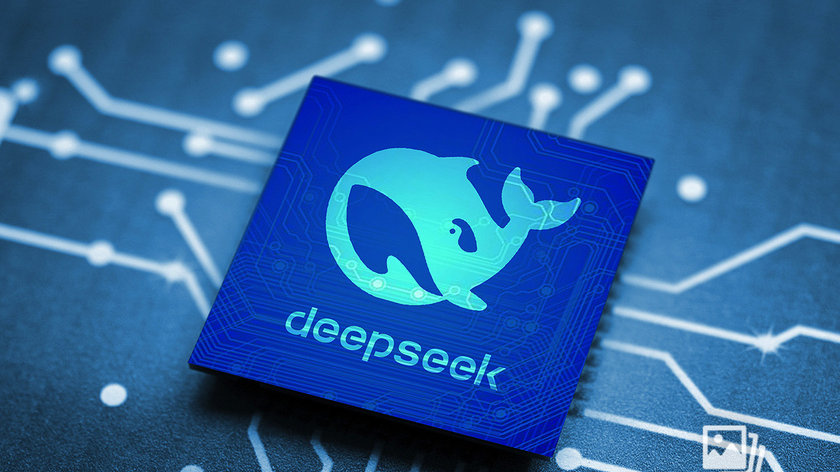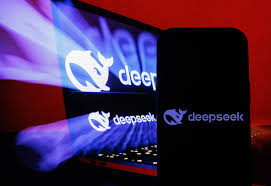How Much Power Does DeepSeek R1-671B Really Require? Exploring the Energy and Cost Implications of Running Giant Local AI Models
Introduction: The Cost of Intelligence
The rise of frontier AI models like DeepSeek R1 671B is transforming the way we think about intelligence—not just as software, but as a resource-intensive infrastructure. As more developers explore local deployment of these massive models, one pressing question emerges:
How much power does it take to run a model this large?
And more importantly:
Can you run it locally at all?
What are the cost implications?
How do DeepSeek’s MoE innovations change the game?
In this article, we break down the architecture, compute demands, electricity costs, and hardware feasibility of DeepSeek R1 671B, and answer whether local AI at this scale is really possible—or just a fantasy reserved for tech giants.
Table of Contents
What is DeepSeek R1-671B?
Understanding Model Size vs Activation
Mixture of Experts (MoE): Why 671B ≠ 671B Tokens
How MoE Changes Power and Memory Demands
DeepSeek R1: System Requirements for Local Inference
GPU Power Consumption Breakdown
Estimated Energy Usage Per Token
Comparing to Other Models: GPT-4, Claude 3, LLaMA 3
Storage, RAM, and Disk I/O Requirements
Real-World Cost of Running DeepSeek R1 Locally
Can a Consumer PC Run This Model?
Distributed Local Hosting: Multi-GPU Setups
The Role of Quantization in Local Efficiency
Can Laptops Handle It? Apple Silicon vs RTX 4090
Training vs Inference: Energy Worlds Apart
Data Center Costs at Scale
Environmental Impact of Large AI Models
Cloud Alternatives and On-Demand Access
The Future of Efficient Local AI
Conclusion: Is Running DeepSeek Locally Worth It?
1. What is DeepSeek R1-671B?
DeepSeek R1 is a mixture-of-experts large language model developed in China. It features:
671 billion total parameters
Mixture-of-Experts (MoE) architecture
37 billion active parameters per forward pass
High benchmark performance in reasoning, math, and code
Open weight release and growing community support
Unlike monolithic models (like GPT-3 with 175B always-on parameters), DeepSeek R1 activates only a small fraction of its weights per inference.
2. Understanding Model Size vs Activation
The key concept here is:
Total Parameters ≠ Active Parameters
DeepSeek R1 = 671B total parameters
But only ~37B parameters are used per token inference
This means lower memory and compute usage per step
So while the number 671B may sound massive, it’s not equivalent to running GPT-4 full-size locally.
3. Mixture of Experts (MoE): Why 671B Doesn’t Mean 671B in Use
MoE models operate differently:
Think of it as a team of experts, but only a few work per task
Each “expert” is a small neural network
A router decides which experts to use, based on the input
This dramatically improves efficiency, enabling very large models to operate with much lower computational overhead.
4. How MoE Changes Power and Memory Demands
If you tried to run a 671B dense model:
You’d need dozens of top-tier GPUs
Likely 1TB+ VRAM
Hundreds of watts or more, continuously
But with DeepSeek R1’s MoE layout, you only need to load the active subset, reducing:
VRAM use
Memory bandwidth
Energy draw
Thus, it becomes theoretically possible to run it locally on a strong enthusiast system.
5. DeepSeek R1: System Requirements for Local Inference
Based on current testing and benchmarks, to run DeepSeek R1-671B locally (especially in 4-bit quantized form), you’d need:
At least 1 GPU with 24–48 GB VRAM (e.g., RTX 4090, A100)
Fast CPU (Threadripper, Xeon, or Ryzen 9)
Minimum 64–128 GB RAM
NVMe SSDs with 1–2 TB free
Efficient power supply (750W–1200W PSU)
6. GPU Power Consumption Breakdown
Let’s consider an RTX 4090 running DeepSeek R1 (quantized):
| Component | Typical Load | Power Draw |
|---|---|---|
| RTX 4090 (under 100% load) | ~450W | |
| CPU (Ryzen 7950X under load) | ~150W | |
| RAM, NVMe, peripherals | ~50–100W | |
| Total System Power | ~600–700W |
Running inference for long sessions could cost $0.10–$0.25/hour depending on local electricity rates.
7. Estimated Energy Usage Per Token
With MoE + quantization:
~30–50 ms per token generation
Roughly 0.5–1 Joule per token on high-end GPUs
For a 1000-token output: ~500–1000J (~0.3Wh)
For comparison: GPT-3 (dense) could require 3–5x more energy
Running a conversation costs less than a penny, but millions of tokens = scaling energy costs.
8. Comparing to Other Models
| Model | Total Params | Active Params | VRAM Needed (4-bit) | Energy Use per Token |
|---|---|---|---|---|
| GPT-3 | 175B | 175B | ~30 GB | High (~2–3J) |
| LLaMA 3-70B | 70B | 70B | 16–24 GB | Medium (~1J) |
| DeepSeek R1-671B | 671B | 37B | ~24–40 GB | Low-Medium (~0.5–1J) |
DeepSeek R1 is more efficient than it sounds, thanks to MoE.
9. Storage, RAM, and Disk I/O Requirements
Model file sizes:
Full FP16 weights: ~1.2–1.5TB
Int8 quantized: ~200–300 GB
4-bit quantized: ~80–120 GB
Loading time becomes a factor—NVMe drives are preferred. System RAM must hold model + context + overhead, so 64 GB+ is ideal.
10. Real-World Cost of Running DeepSeek R1 Locally
Assume:
RTX 4090 @ 450W
CPU + rest @ 200W
Power = ~0.65 kWh per hour
Electricity = $0.15/kWh (U.S. average)
👉 Cost per hour = ~$0.10
If you generate:
1M tokens/day = ~$1–2 electricity cost
Inference for 4 hours = <$1 in power
Conclusion: Efficient, but still better suited to high-end setups.
11. Can a Consumer PC Run This Model?
You can run DeepSeek R1 if you have:
RTX 3090/4090, or
A100/H100, or
2x RTX 3090 in parallel (with tensor parallelism)
Consumer-grade GPUs (like RTX 3070 or 3060) won’t cut it, even with quantization.
12. Distributed Local Hosting: Multi-GPU Setups
If you lack a single massive GPU, you can use:
Tensor parallelism (e.g., DeepSpeed, Hugging Face Accelerate)
Two or more 24GB GPUs (e.g., dual RTX 3090)
But this adds:
Complexity
Synchronization issues
Higher total power draw
13. The Role of Quantization in Local Efficiency
Quantization = compressing model weights into lower precision:
| Precision | Size Reduction | Speed Gain | Accuracy Loss |
|---|---|---|---|
| FP16 | Baseline | Baseline | – |
| Int8 | ~2x smaller | ~1.5x faster | Minor |
| Int4 | ~4x smaller | ~2–3x faster | Acceptable for many tasks |
4-bit DeepSeek runs at a fraction of the original power cost.
14. Can Laptops Handle It? Apple Silicon vs RTX 4090
Apple Silicon (M3 Ultra):
Can run quantized smaller models (7B–13B) efficiently
DeepSeek R1 likely too large, even in 4-bit
Windows laptops with RTX 4080 Mobile:
May barely load 13B–30B
DeepSeek R1 = no-go for laptops in 2025
15. Training vs Inference: Energy Worlds Apart
Training DeepSeek R1 likely took:
Thousands of GPUs
Megawatts of power over weeks
Tens of millions of USD
But inference (running the model) is orders of magnitude cheaper.
16. Data Center Costs at Scale
Companies deploying DeepSeek R1 at scale (e.g., in SaaS) face:
GPU cluster costs
Energy bills of tens of thousands/month
Cooling infrastructure
That’s why efficiency matters—MoE models like DeepSeek reduce server load.
17. Environmental Impact of Large AI Models
AI is under scrutiny for carbon emissions:
Training GPT-4 = over 500 tons of CO₂
Inference is cleaner, but scale multiplies impact
DeepSeek’s efficient architecture makes it greener, but usage still matters.
18. Cloud Alternatives and On-Demand Access
If local isn’t feasible:
Run DeepSeek on Hugging Face Spaces
Deploy in Colab Pro with GPU runtimes
Use API access via open-source gateways
This shifts energy cost to cloud providers—but adds flexibility.
19. The Future of Efficient Local AI
Expect innovations like:
Sparsity-aware chips
Quantization-aware training
On-device MoE inference optimizations
Personal LLM assistants that live on your PC
Within 2–3 years, DeepSeek-sized models may run locally at low cost and high speed.
20. Conclusion: Is Running DeepSeek Locally Worth It?
YES—if:
You have a powerful local workstation
You’re comfortable with quantization and GPU tuning
You want full control, privacy, and autonomy
NO—if:
You’re using a laptop
You prioritize plug-and-play experience
You care more about outcomes than how it works
DeepSeek R1 is an engineering marvel. Thanks to its Mixture-of-Experts design, it's surprisingly efficient for its size—and it points to a future where running “big AI” isn’t reserved for big tech.
The local AI revolution is coming. DeepSeek just proved it’s possible.

